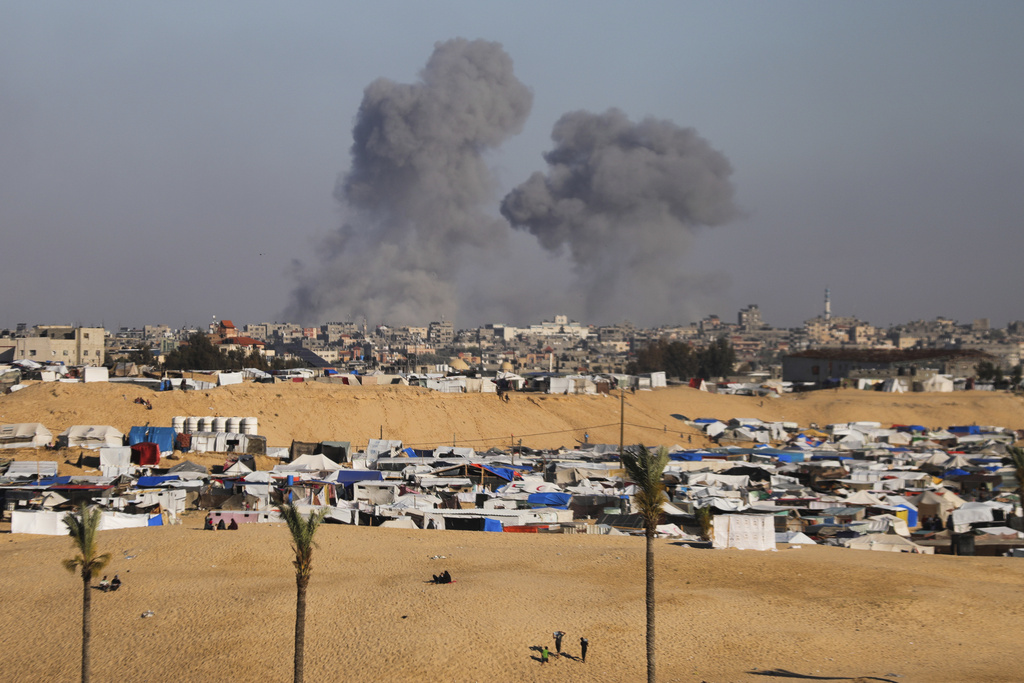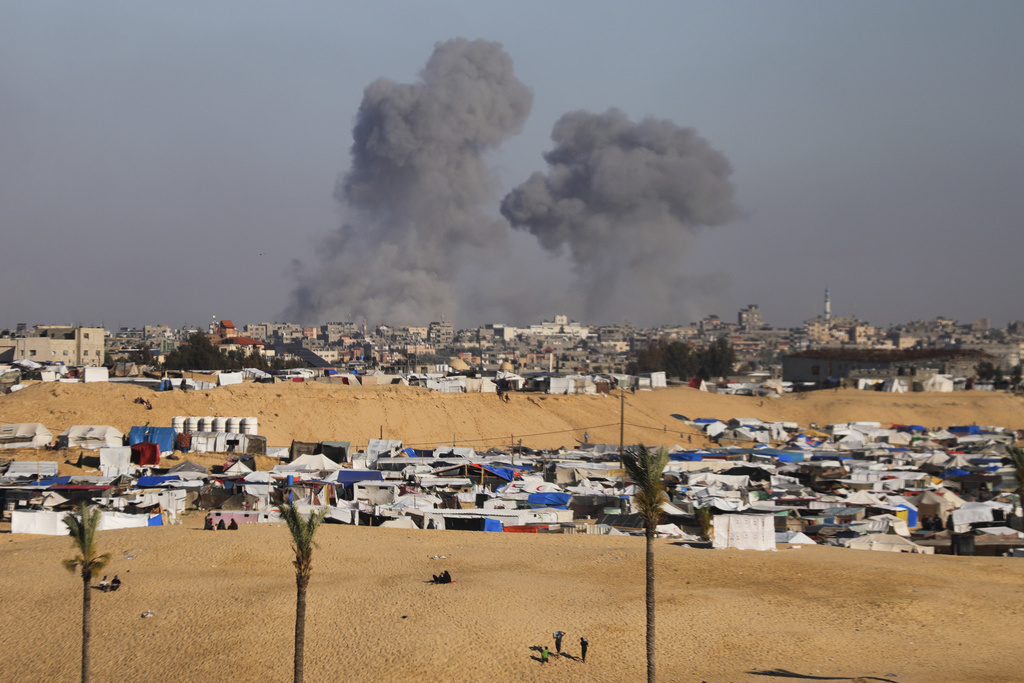
If this were a normal war, Israel would be on the cusp of victory. On the Israel Defense Forces’s figures, some 14,000 Hamas militants have been killed, at a cost of 614 Israeli soldiers. Israel has operational supremacy by land, sea, and air. Hamas’s tunnel network has been degraded, its rockets spent or captured.
But, as Israel learned on Oct. 7, military dominance is no guarantee against terrorism. There is little purpose in eradicating Hamas’s fighters but leaving Hamas’s ideology in place.
Indeed, from the perspective of the terrorists, the worse, the better. Hamas needs defeats to keep the next generation longing for revenge. Every past humiliation — the 1956 and 1967 wars, the two intifadas, and the 2014 invasion — served to radicalize the children of Gazan militants killed or captured. In Hamas’s worldview, defeat is its own victory.

If there is any hope of breaking the cycle, it lies in deradicalizing the next generation. And that means dismantling not just Hamas’s military formations but the civilian structures that teach Gazans to hate.
Under a unique system of dual administration, around 30% of Gazans, whose families were in the territory before the 1948 war, are considered native and are the responsibility of the local government — currently Hamas. The other 70% are treated as refugees, though few of them have seen the pre-1948 homes to which they lay claim. These are administered by a special body, the United Nations Relief and Works Agency for Palestine Refugees in the Near East, or the UNRWA, which operates only among Palestinians. Every other displaced person on the planet is the business of its main refugee agency, the UNHCR.
Over the years, Israelis have complained that UNRWA has become part of the problem. They argue that it is too close to Hamas and that the terrorists lean on it to give jobs to their families and friends. They point to textbooks in UNRWA-run schools that refuse to show Israel on the map, that extol armed resistance, and that, in the case of one chemistry paper, ask students to identify the component elements of the phosphorus bombs Israel supposedly uses.

The accusations of militancy, which UNRWA denies, became urgent after Israel identified a number of its employees as having been directly involved with the abomination of Oct. 7. It also produced evidence that UNRWA facilities were shielding Hamas military installations. Whatever happens after the fighting, it is clear that UNRWA cannot stay in Gaza.
Gaza needs the kind of active deprogramming that followed the defeat of Hitler in 1945. I don’t pick that parallel lightly. In his excellent book Israelophobia, published just before the massacre, Jake Wallis Simons shows how the antisemitic themes and images of Arab nationalism were lifted from Third Reich and, later, Soviet propaganda.
Some Nazis, like some Hamas militants, had been killed at the front or in the bombing raids. Others fled abroad or were tried at Nuremberg. But that left a lot of people who had supported them. The victorious powers assumed control and set about building democratic institutions — everything from independent newspapers to political parties. At the same time, citizens were forced to confront evidence of Nazi crimes. It worked. West Germany became prosperous and free.
Germans, it is true, had a fair amount of liberal muscle memory to fall back on. But a similar process unfolded in Japan after 1945 and in former Warsaw Pact states after 1989.
Or consider a closer parallel. Some 650,000 Jews fled to Israel from Muslim countries. They had little experience of democracy, but they soon became attached to it. Indeed, one way of looking at what happened after 1948 is as an exchange of refugees, with roughly equivalent numbers. But whereas the displaced Jews became engaged Israeli citizens, the displaced Arabs have, tragically, become fourth-generation refugees, their numbers growing from 700,000 to 5 million.
Which brings us to the root of the problem. UNRWA’s premise is that it is dealing with refugees, which implies that they will one day move to Israel. But that is not going to happen. Whatever land swaps accompany the establishment of an eventual Palestinian state, there will be no general right of return.
CLICK HERE TO READ MORE FROM THE WASHINGTON EXAMINER
Palestinians have prospered almost everywhere they have emigrated. They could prosper in Gaza, too, if they concentrated on building a successful city-state, complete with its international airport, casino complexes, and surfing beaches — a city-state with both Israeli and Arab customers on its doorstep.
Who administers Gaza when the fighting stops is a subject for another column. Maybe a coalition of neighboring states. But unless there is a cultural change in every classroom, in every apartment block, it doesn’t much matter. The tragedy will keep repeating itself.
Discover more from reviewer4you.com
Subscribe to get the latest posts to your email.





